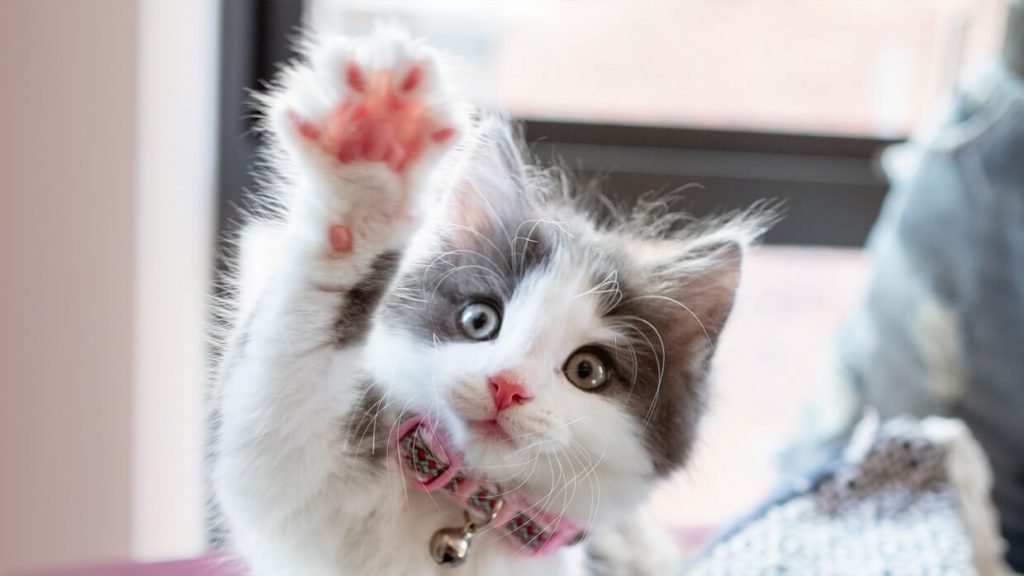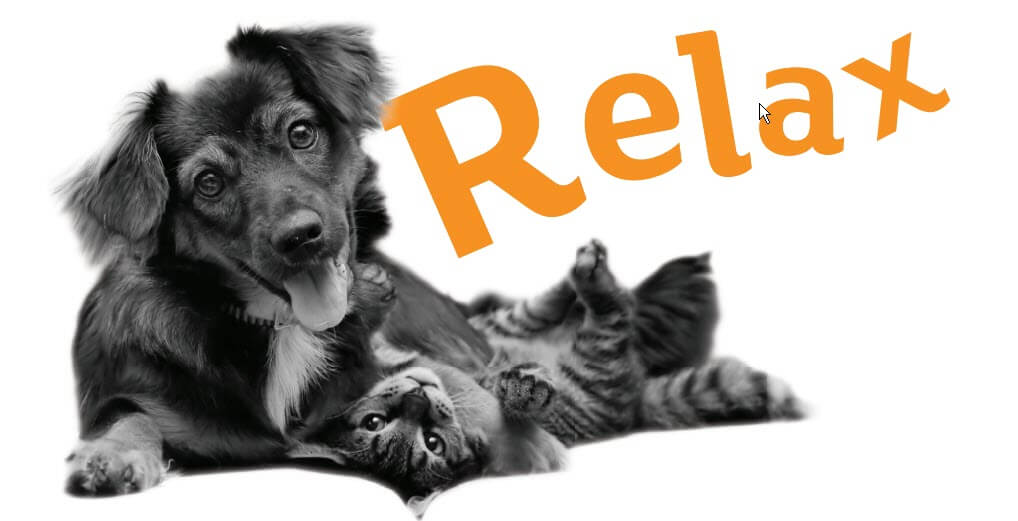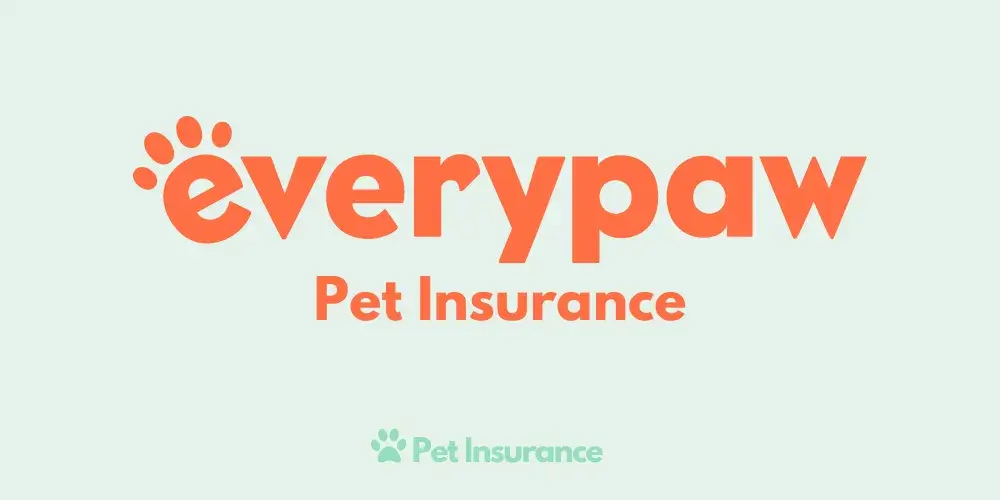Table of Contents
Why is pet insurance important?
Just like us, pets will at some point fall ill or have an unexpected injury. But with pets, there is no NHS to absorb the cost.
Pet insurance helps owners plan for unexpected vet fees and this is usually the reason owners choose to insure their pets.
Pet insurance policies can also cover a range of other pet-related risks including third-party liability cover for dog owners, recompense in the event of a pet’s death or loss, situations where the owner is ill, and several other scenarios which are explained later on.
What factors will determine the cost of a policy?
Five key factors influence the risk your pet represents to the insurer and the price they need to charge:
- Breed – some breeds are more susceptible to specific conditions than others
- Where you live – a veterinary practice’s pricing policy will be influenced by the local cost of living
- Sex – again like humans there is a significant difference in the risk or costs of illness between males and females.
- Age – like humans, the risk of pets becoming ill increases as they get older
- Type of vet’s fees covers – see the major types of the cover opposite. The more restriction and limitations to your pet’s cover the less the insurer is likely to have to pay out
Considerations when choosing a policy?
• Insure your pet as soon as possible
Your pet may be happy and healthy now, but insuring as early as possible reduces the chance of your pet suffering illnesses and injuries which may then be excluded from an insurance policy.
• Make the right choice the first time
Consider what you want from your policy, check the amount of the cover is sufficient and if your pet is ill or injured the vet’s fees cover will pay out for the things you expect it to – both now and as your pet gets older.
• Always read the small print
Read the Terms and Conditions – these are normally available on their website or on request and will provide details of exactly what is and isn’t covered.
• Do NOT choose on price alone
Pet insurance policies do not all work in the same way. The type of vet fees cover is the biggest area of difference between policies and can affect the price. The main types of cover are explained later on.
• Do NOT just choose the highest vet fees benefit
The monetary amount is important but a high level does not necessarily mean better coverage. Be certain of the type of cover you buy as this will determine how much and for how long some conditions are covered.
• If in doubt, ask!
If you aren’t sure whether a particular policy will meet your needs, call the provider and ask – it is sometimes easier than picking your way through several different websites or a bundle of brochures from the vet.
What type of vet fees cover is right for my dog and me?
Some policies, often the cheaper ones, offer more restrictive cover in terms of what they’ll pay for and/or how long they keep paying.
It’s therefore important to understand what you are buying from the outset and that your chosen policy will really meet your needs now and in the future.
There are four main types of pet insurance generally available and to help you decide we’ve detailed what each one covers and for how long:
- Lifetime or repopulating cover
These policies are intended to provide cover for the lifetime of your pet with the monetary limit refreshing each and every year. This means that, as long as the policy is renewed each year and you pay the premiums, you will be able to claim up to the full monetary limit each year for accidents and illnesses for the rest of your pet’s life. - Per condition cover or maximum benefit policies
Per condition policies provide cover up to a certain monetary limit for each separate condition diagnosed. Once you start claiming for a condition you draw down on this monetary limit. As long as the policy is renewed you can keep claiming for that condition until the monetary limit is exhausted after which claims for that condition will no longer be paid. - 12-month time-limited policies
These (often cheaper) policies provide cover up to a certain monetary limit or period of time (whichever comes first) for each separate condition
diagnosed. The time limit is typically 12 months from when the condition first showed signs or was first treated. Once the monetary or time limit is
reached further claims for that condition are excluded. - Accident-only policies – tend to be much cheaper and are less popular as claims for illnesses are not covered.
REMEMBER: Not all pet insurance policies are the same
Some other considerations
Excesses
This is the amount you pay towards claims. There will usually be a fixed amount that will be deducted from claims for each condition. This may be
deducted for that condition once in a pet’s lifetime, every year, or every time you make a claim. Many policies have a percentage contribution toward the balance of a claim once the fixed amount has been deducted.
What are age limits?
Most policies have maximum age limits above which you cannot START a policy for your pet. As long as you have insured your pet before this age, most policies will offer to renew your policy annually for the rest of your pet’s life.
What are pre-existing conditions?
Pre-existing conditions are illnesses and injuries your pet has suffered before taking out a policy. Your pet insurance will not cover pre-existing conditions and you will not be able to claim for them should they reoccur.
So the younger your pet is when you insure him or her, the less likely any medical problems will have occurred.
Please note. If you start claiming or run out of cover for a specific condition with one policy and decide to switch to another policy, that specific condition will now be pre-existing (pre-dating the start of the new policy) and will be excluded from the new policy automatically. Choosing the right policy the first time is therefore important.
Deferred period
This is the number of days that must pass before you can make eligible claims for illnesses (including your pet’s death).
Typically 10 to 30 days. If your pet suffers an illness during the deferred period it will not be covered. Deferred periods may also apply to some other benefits.



